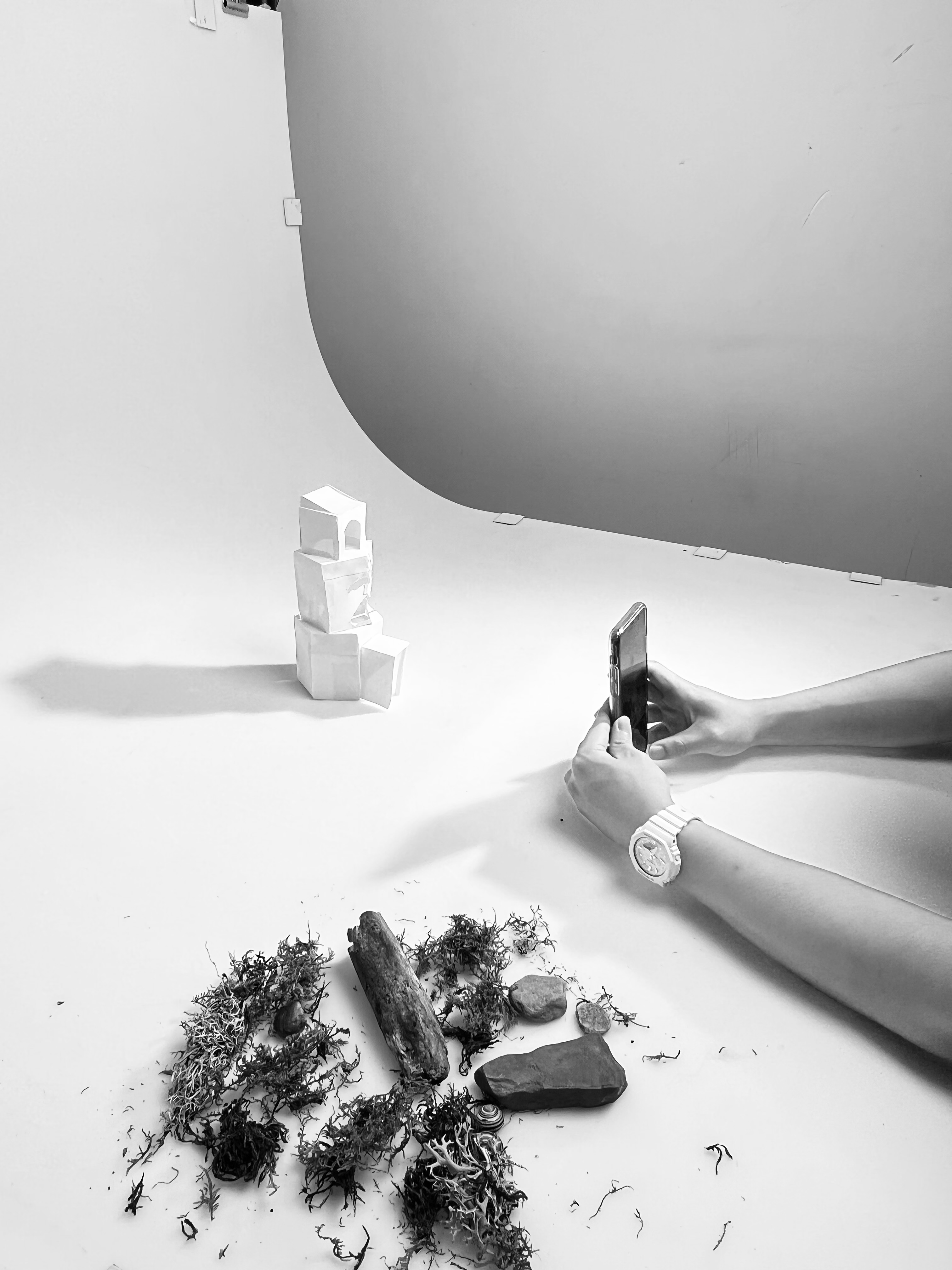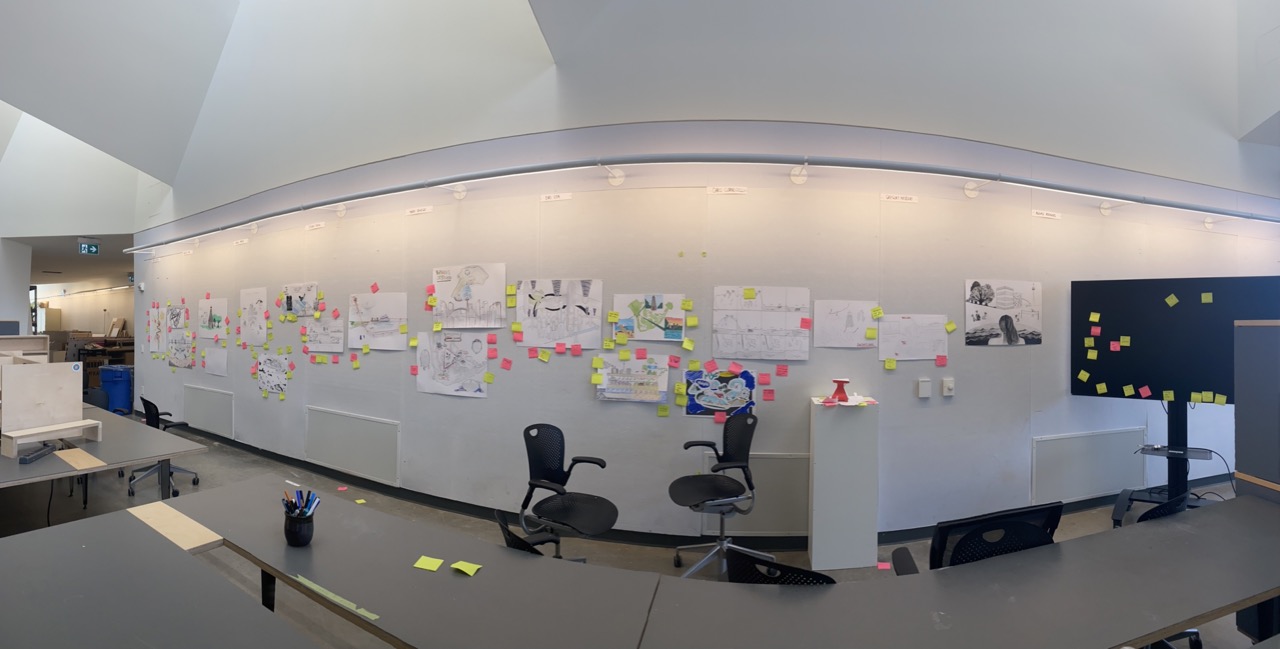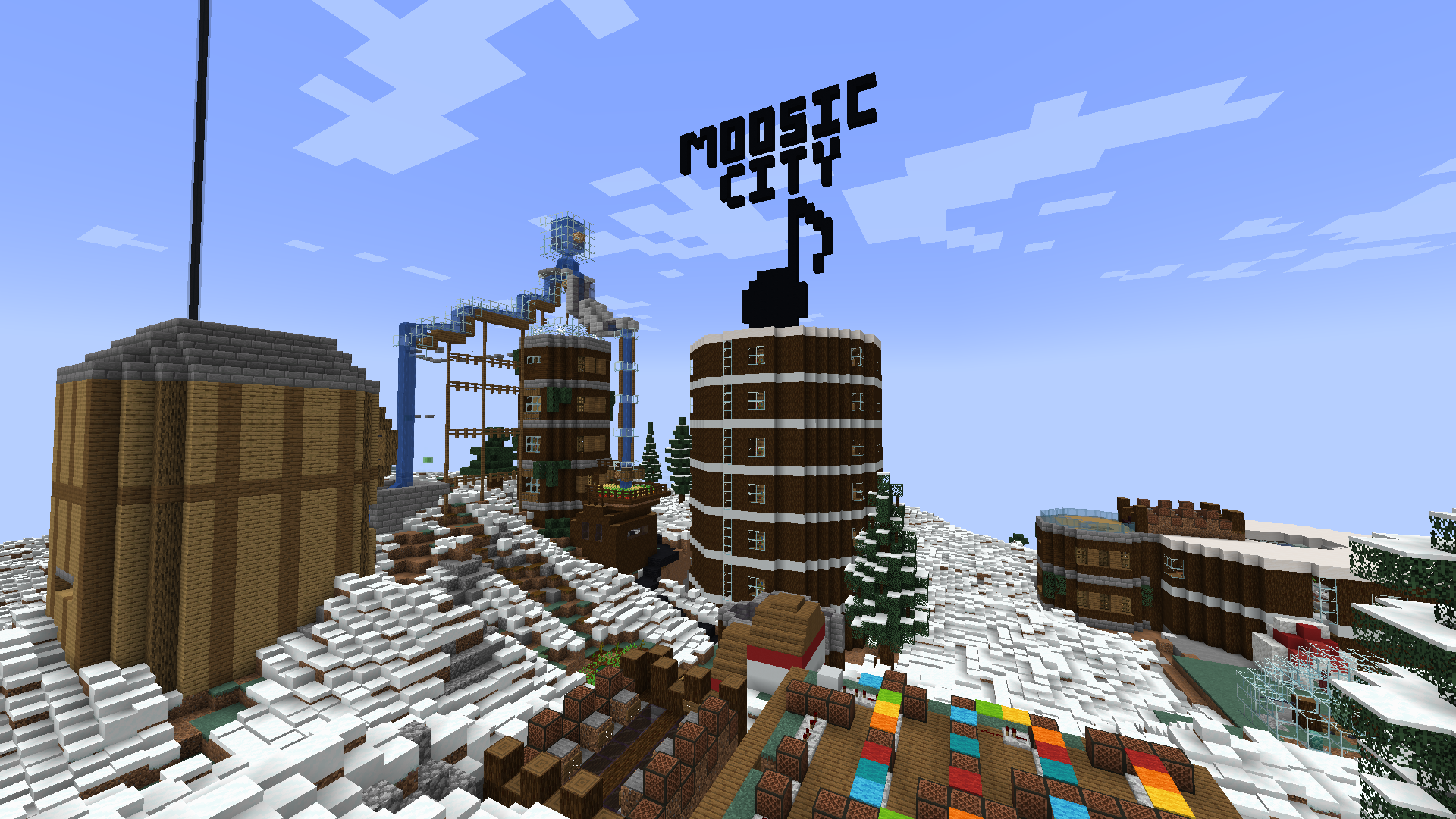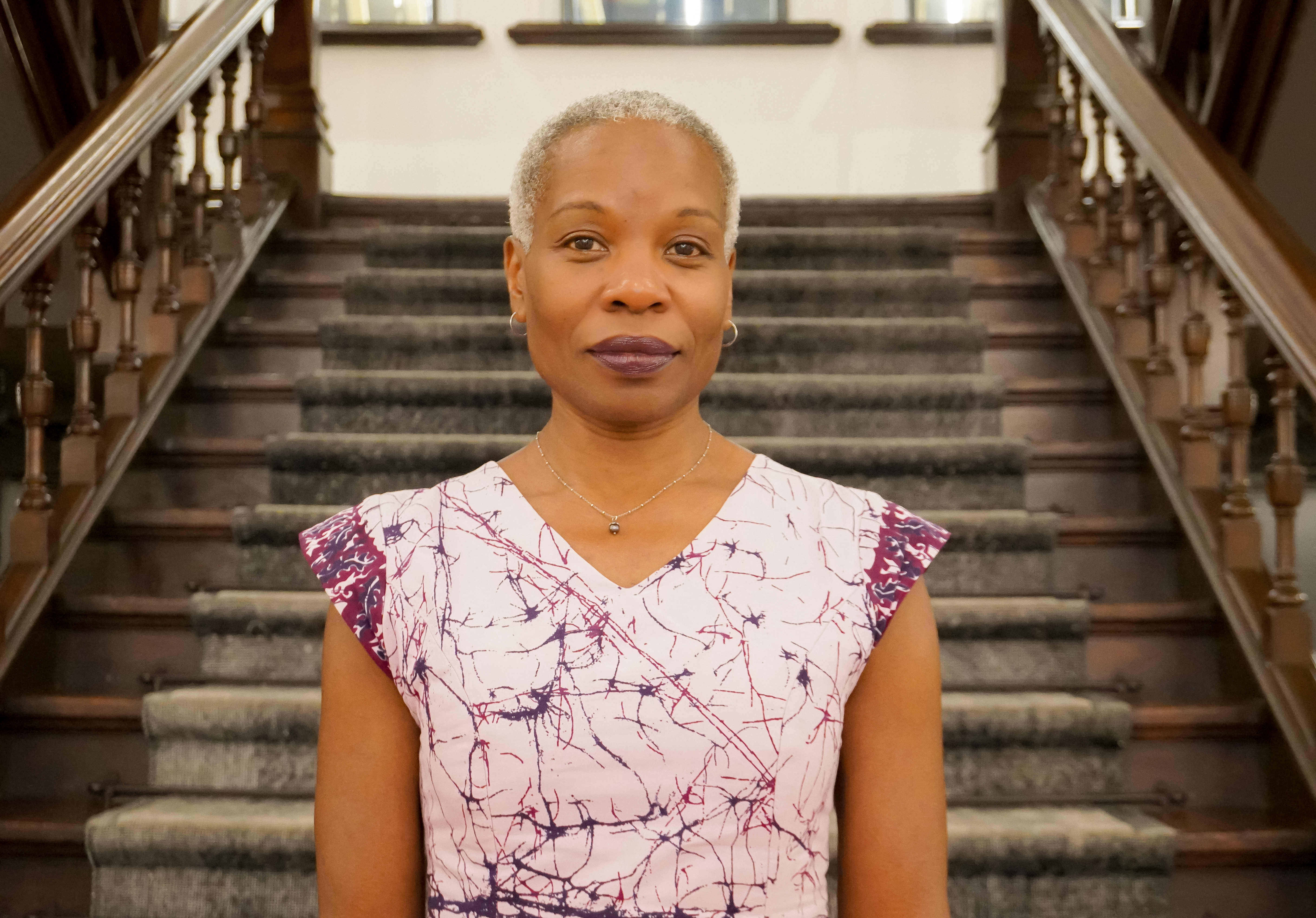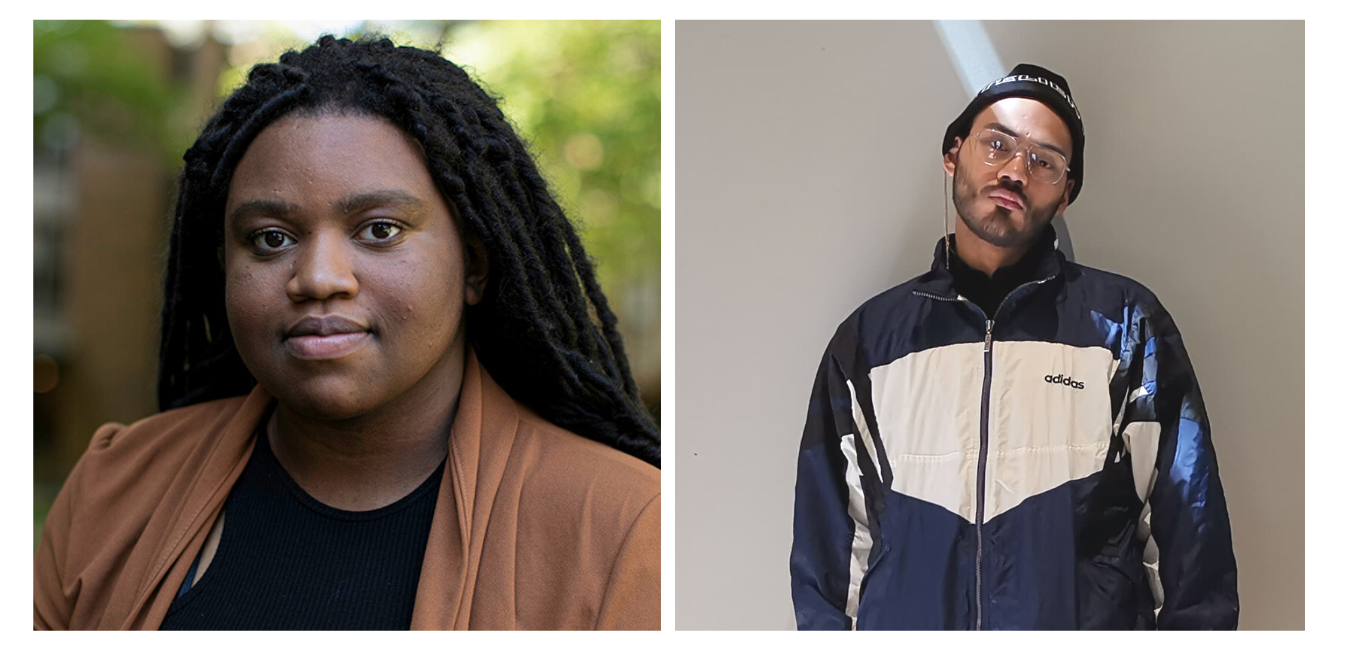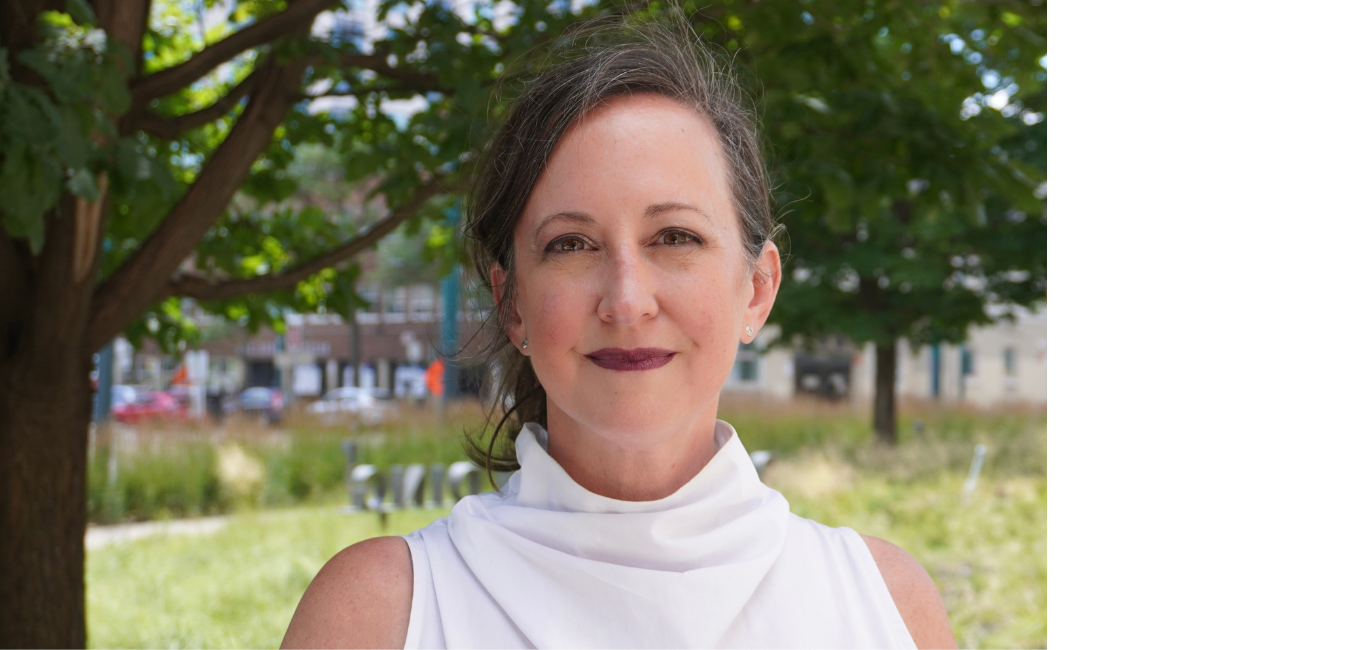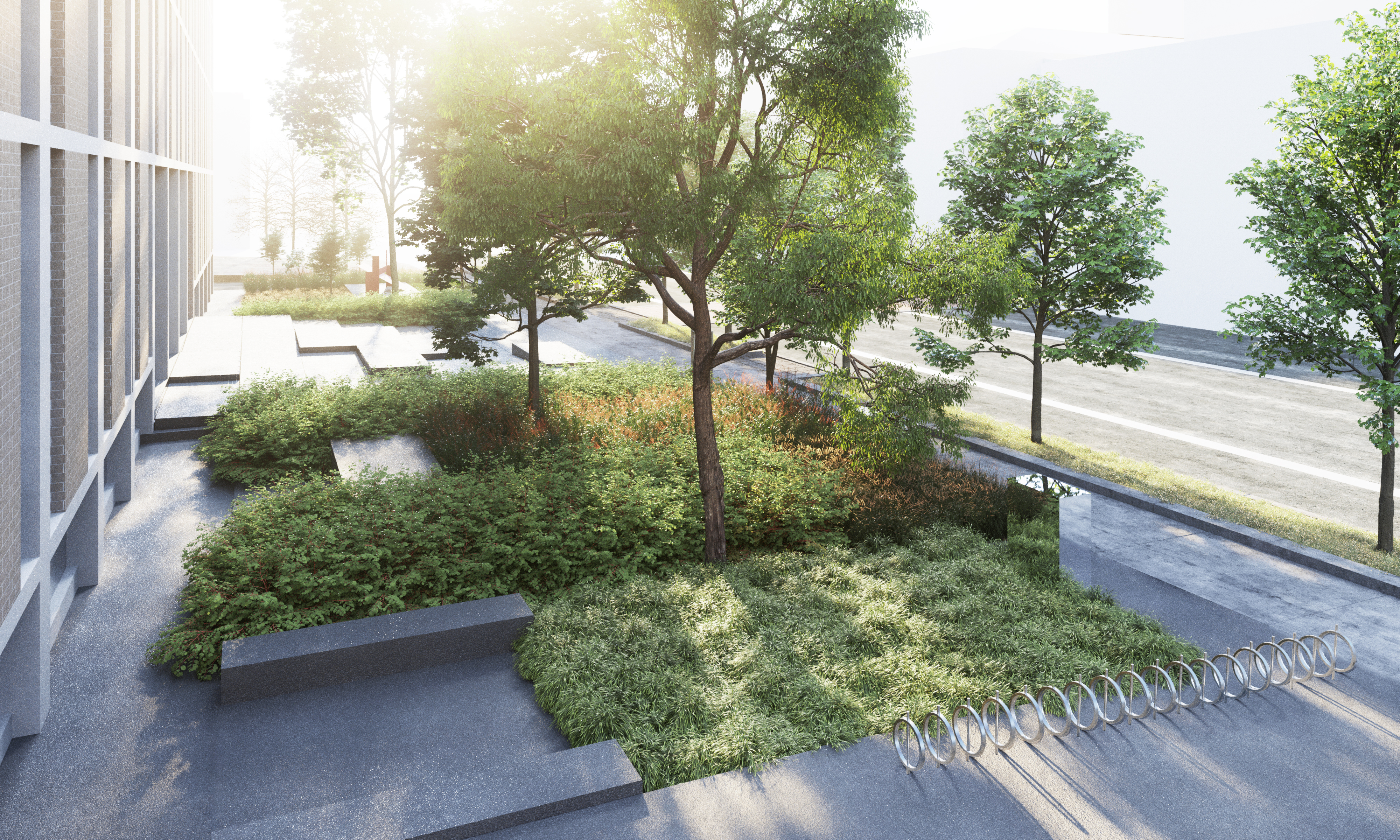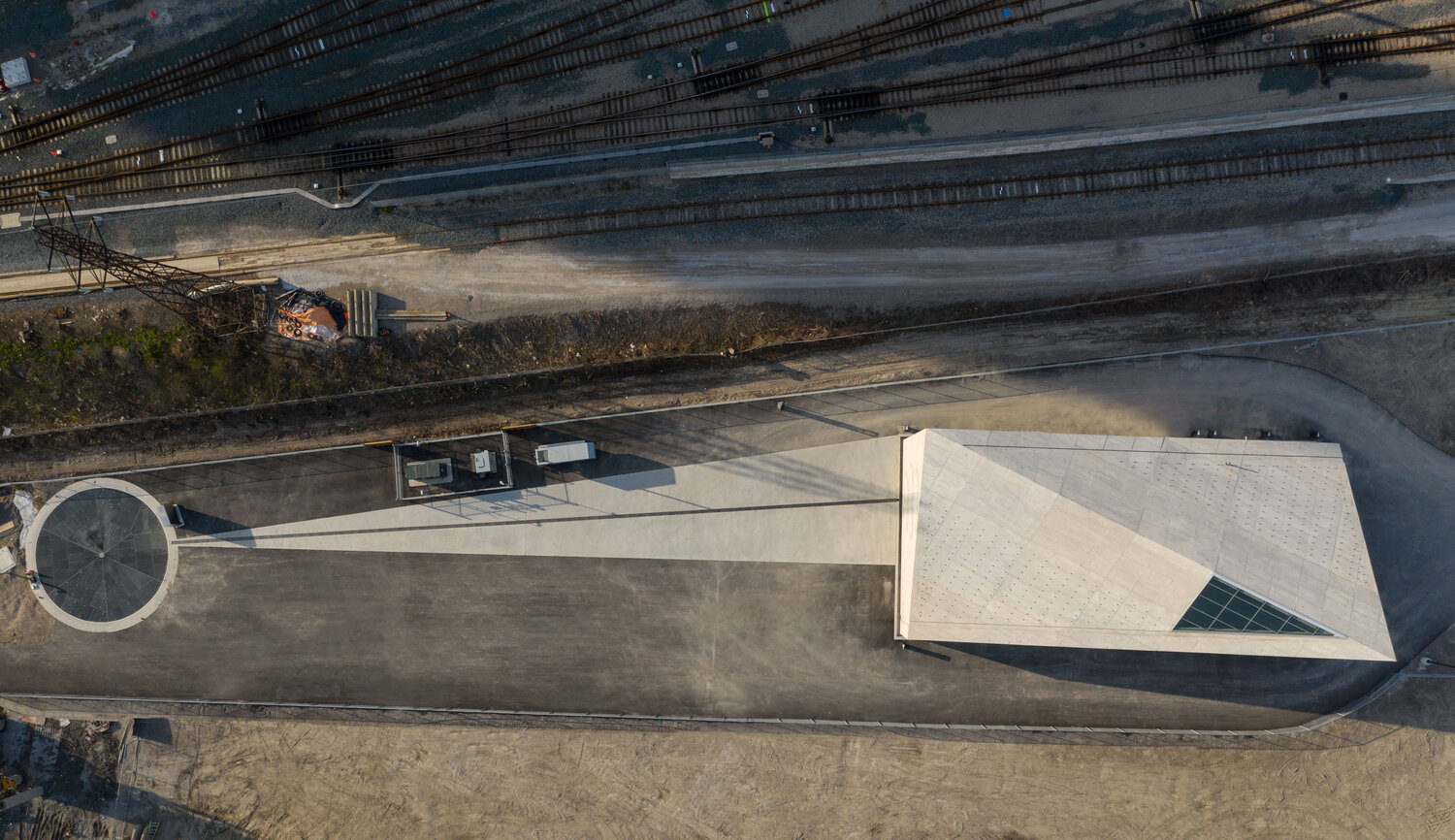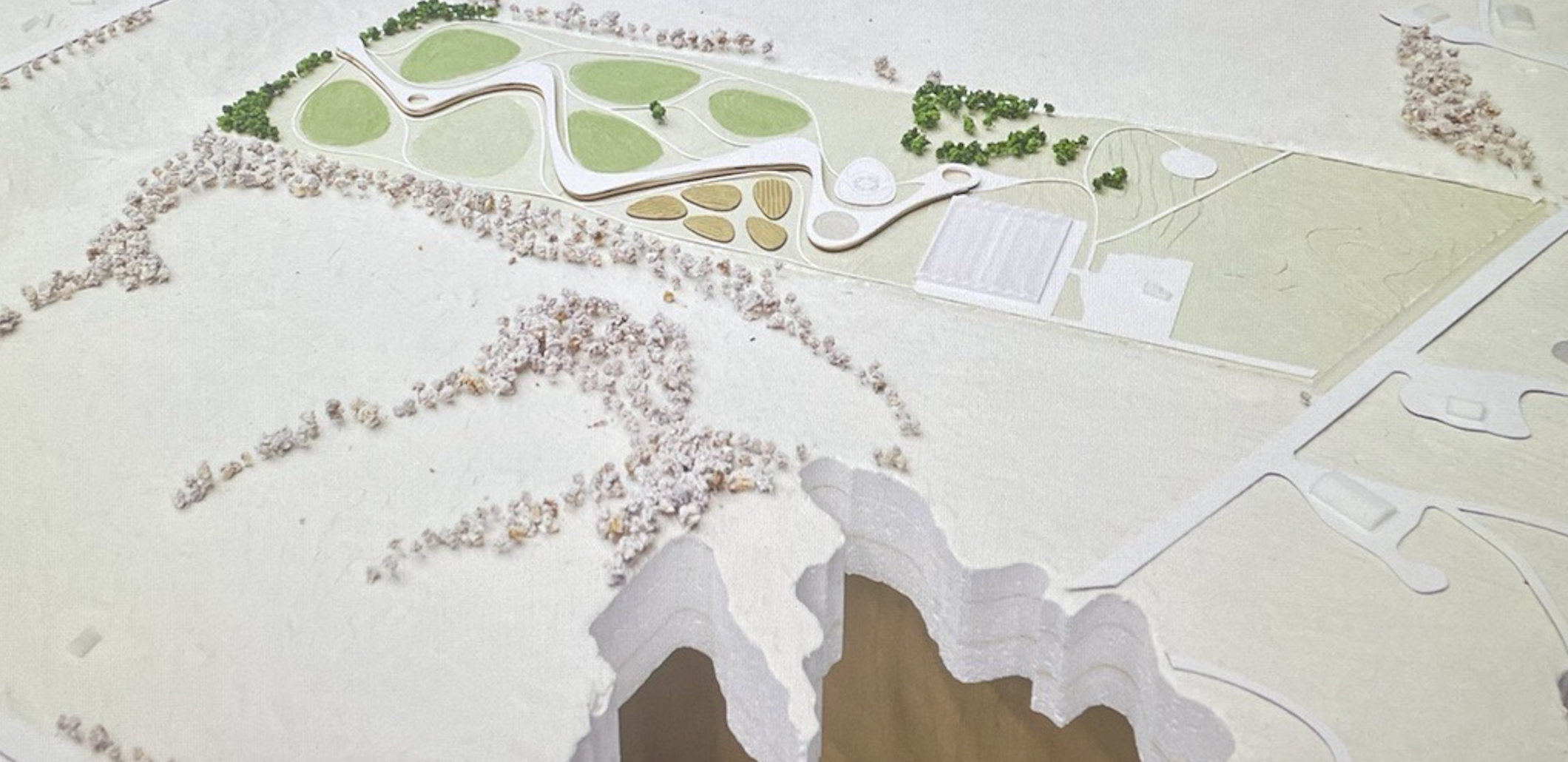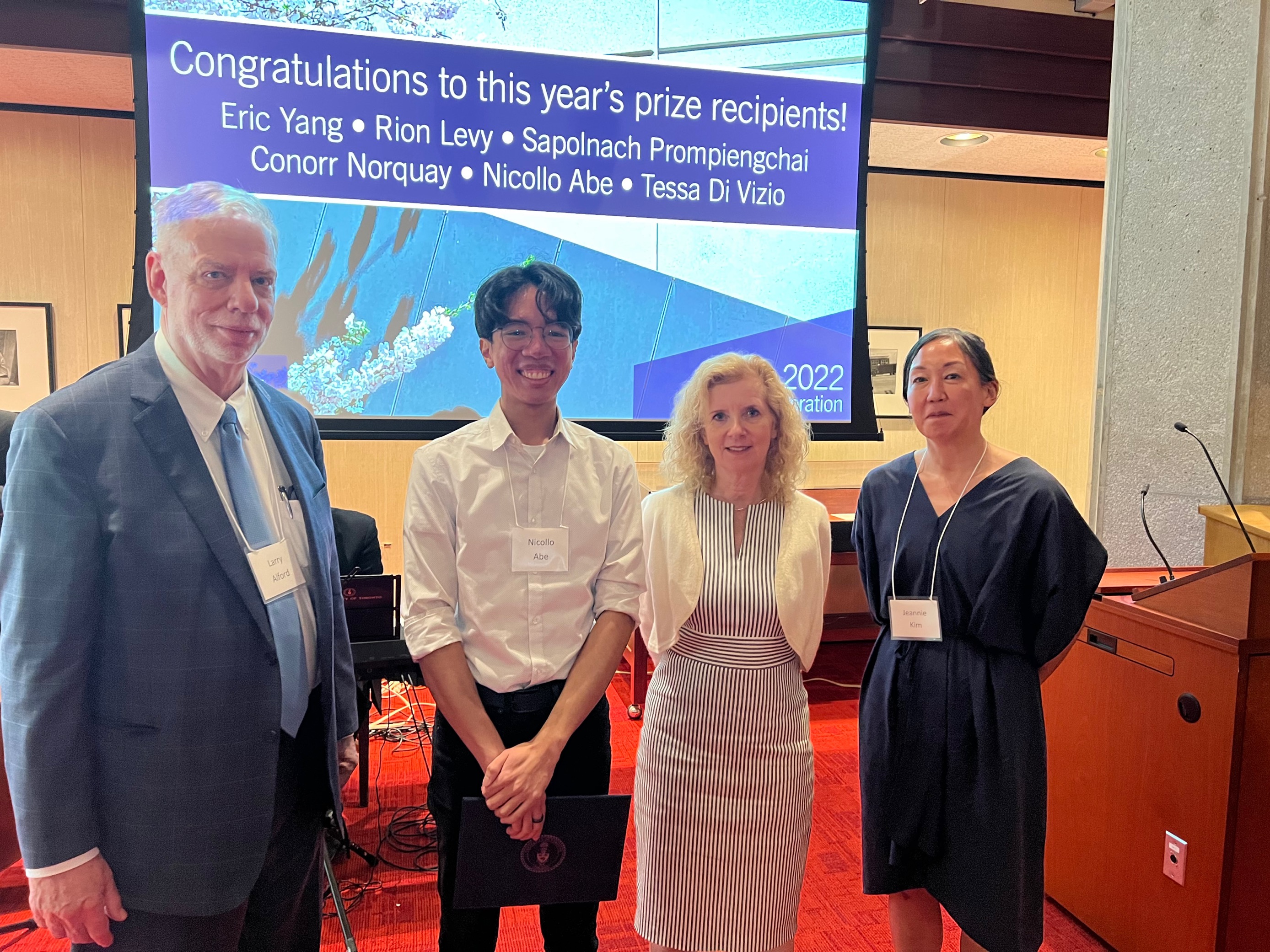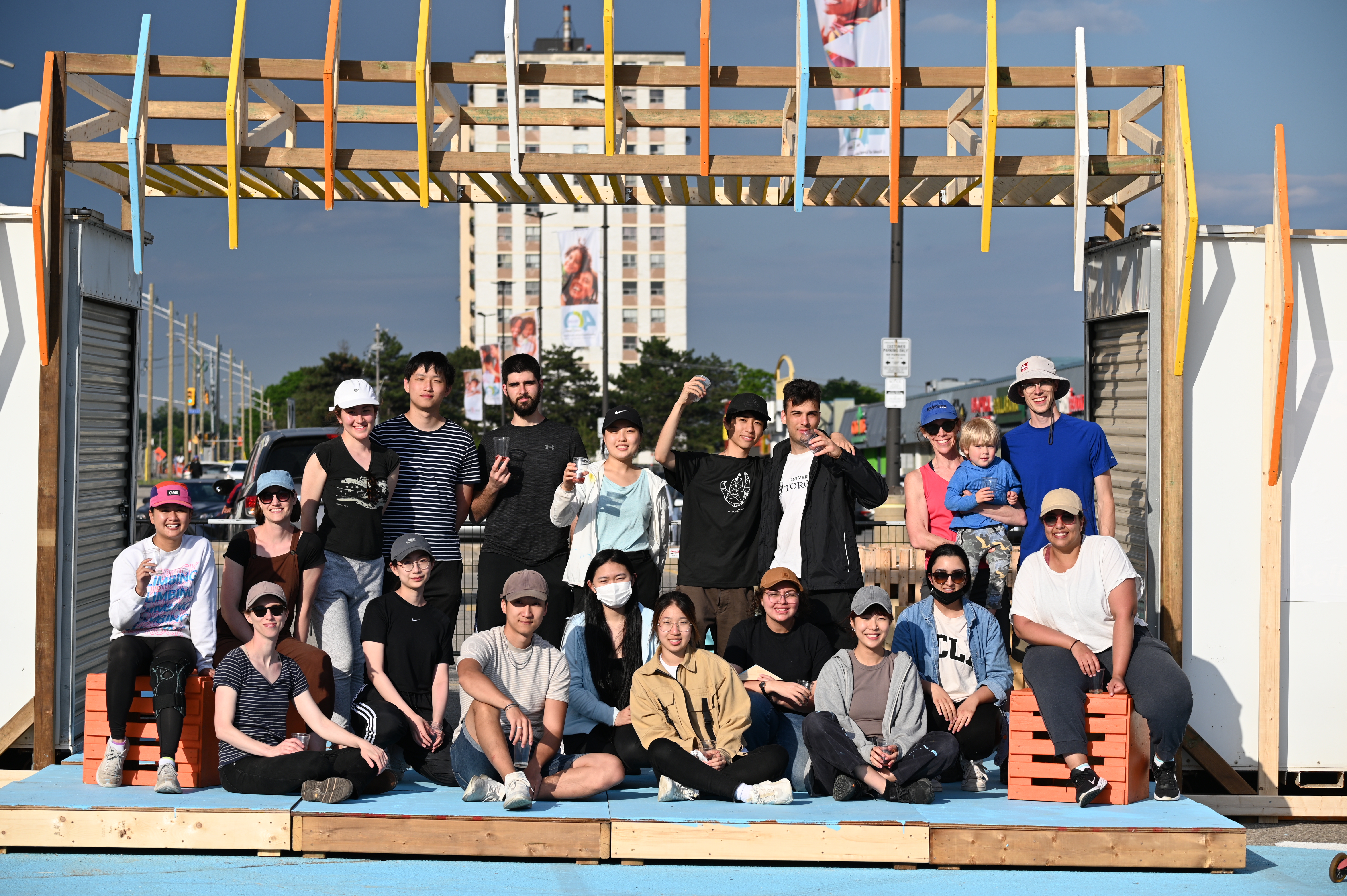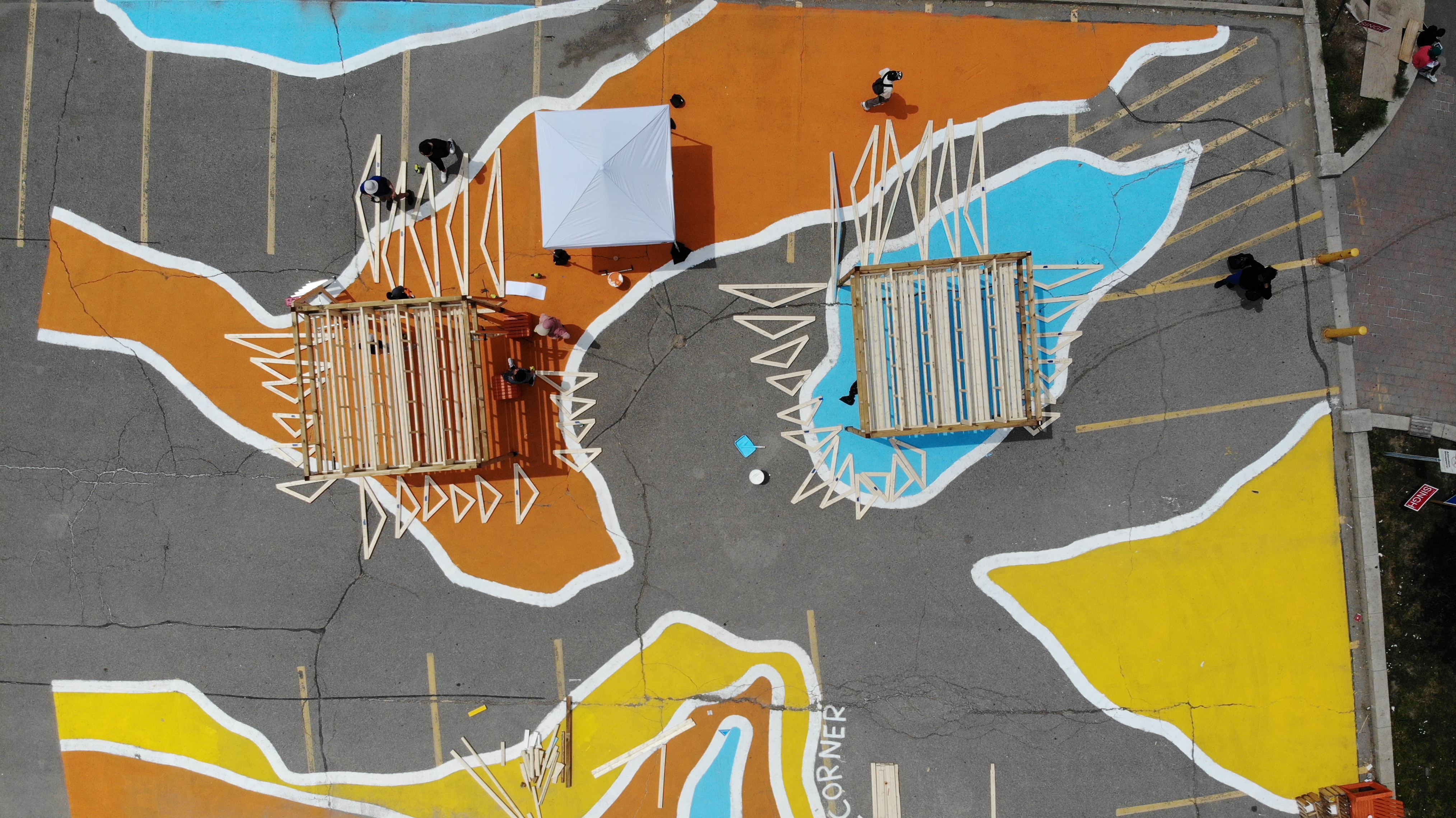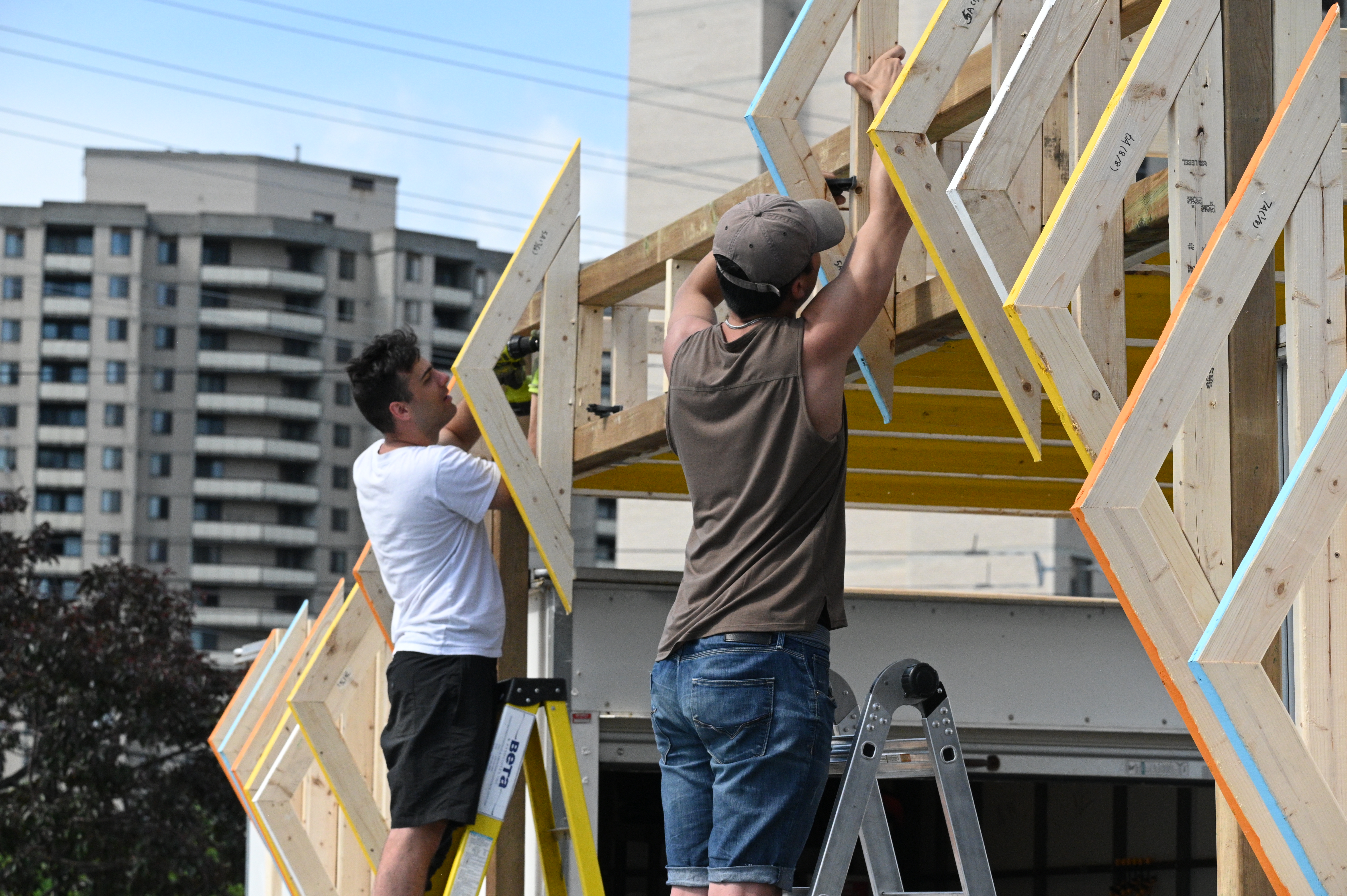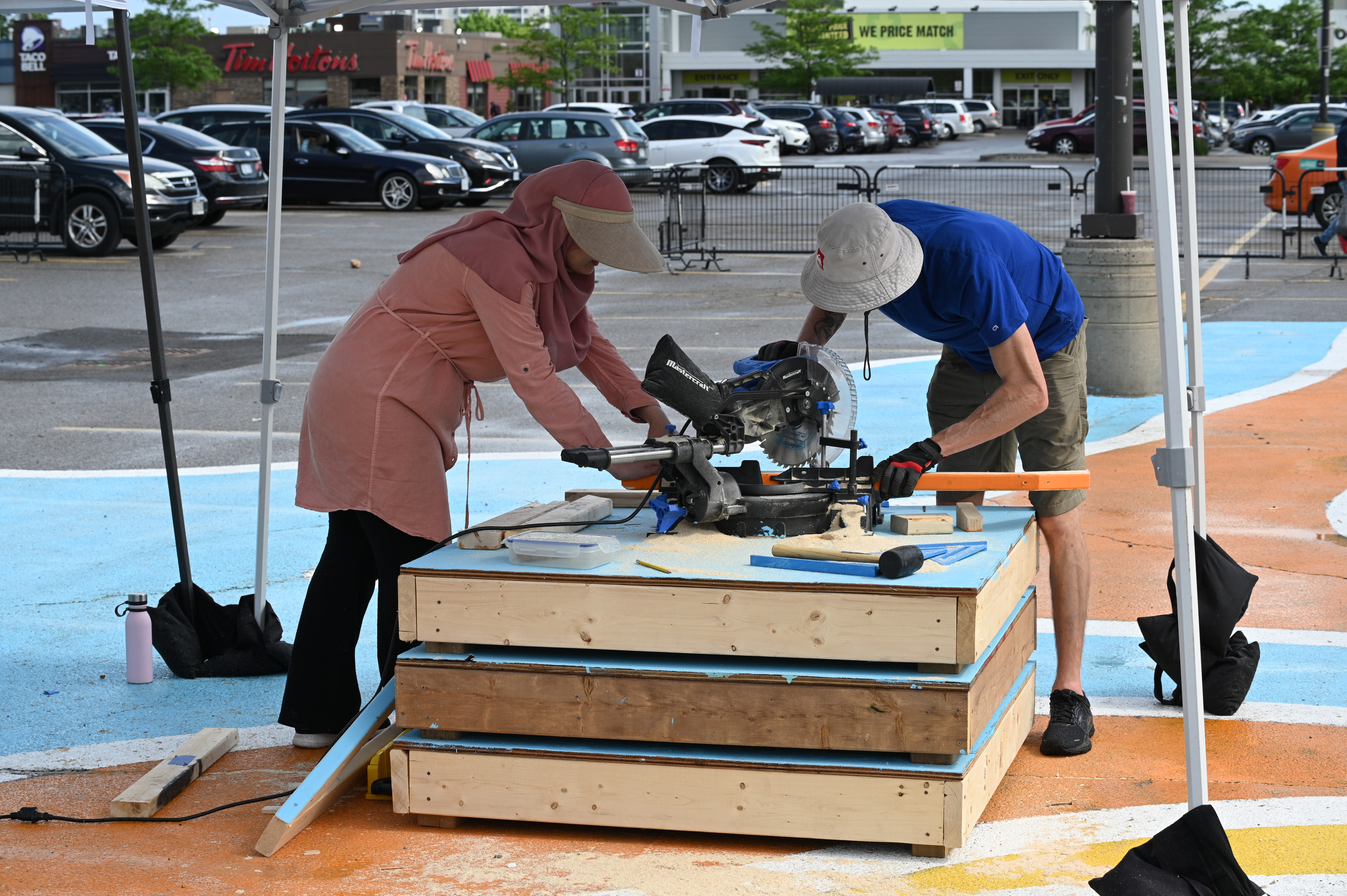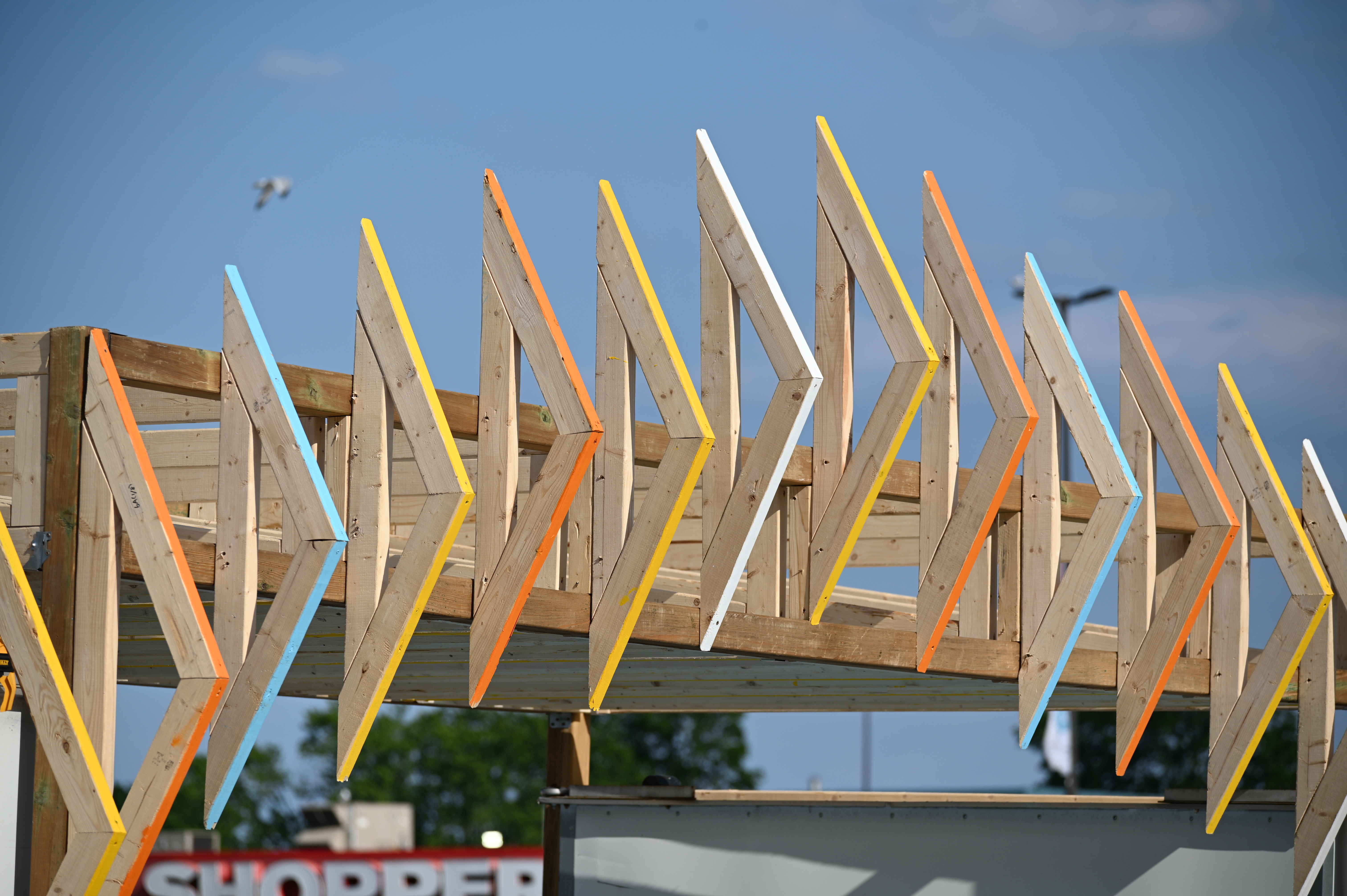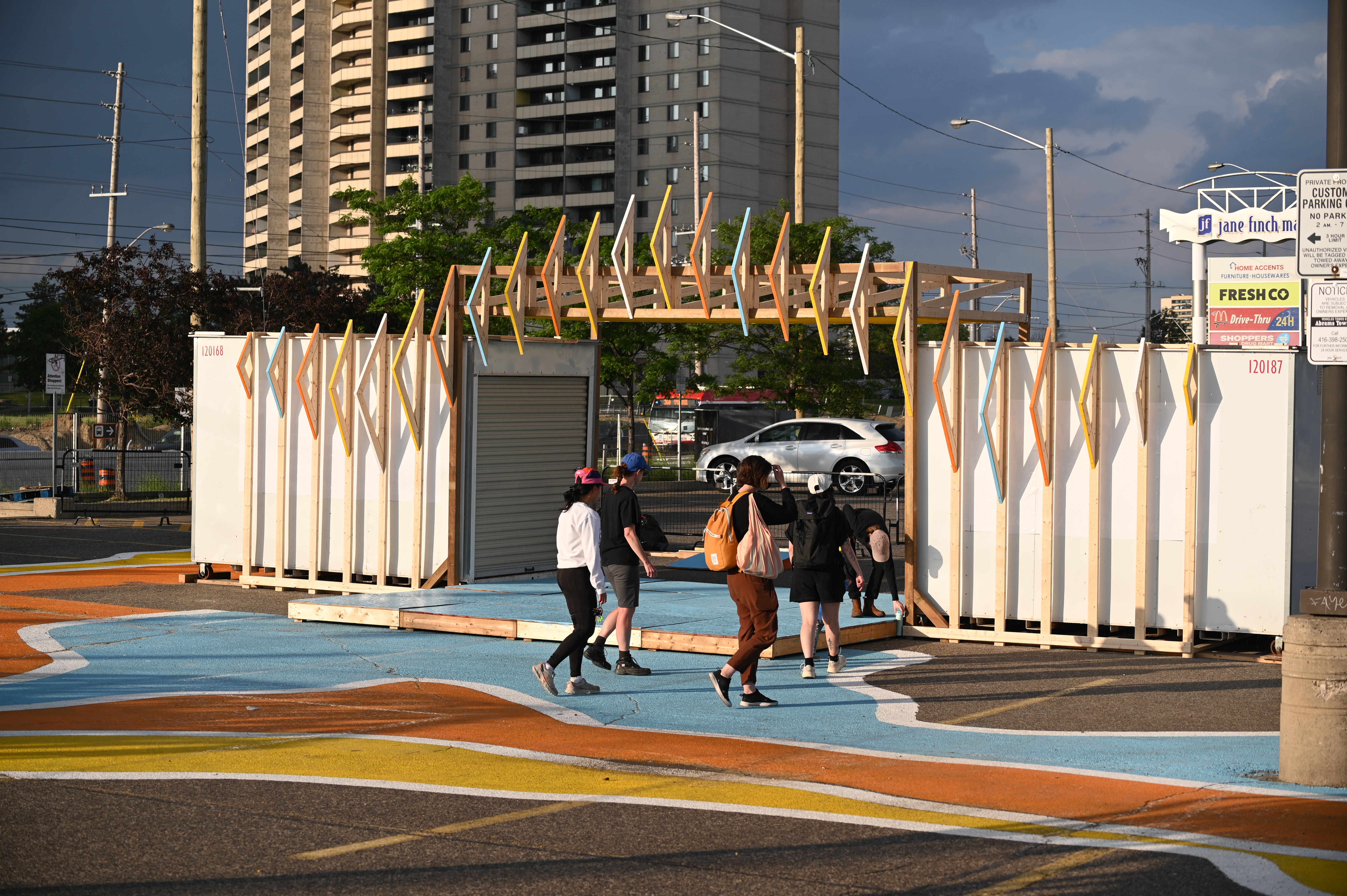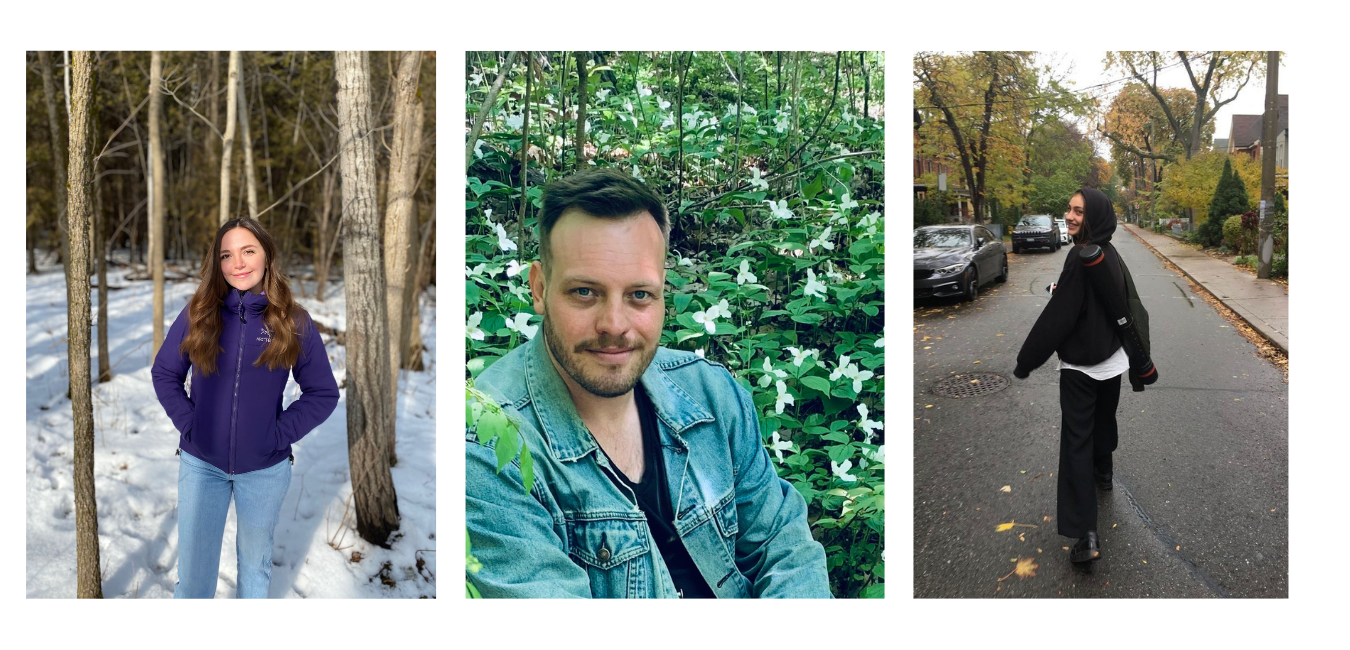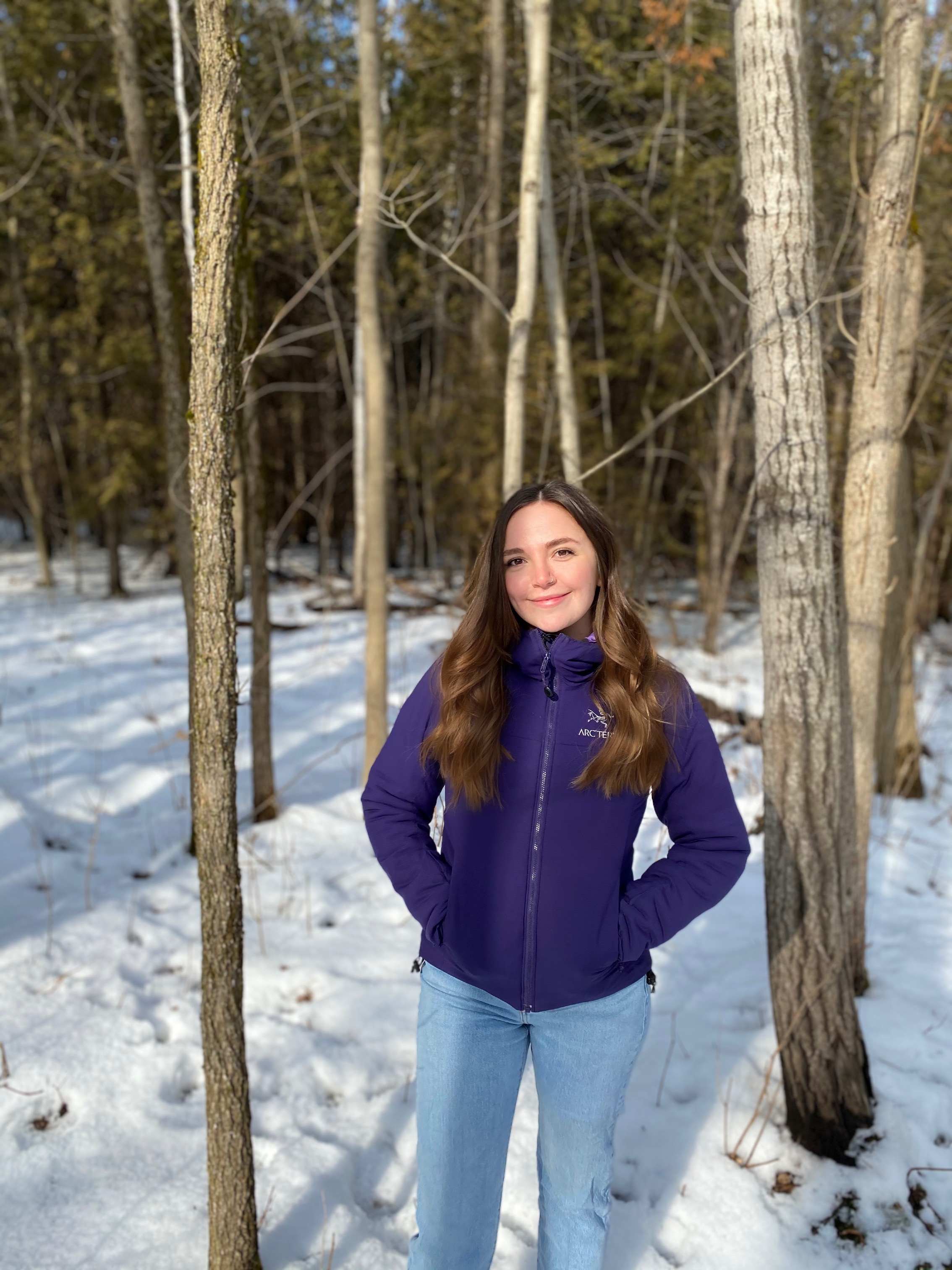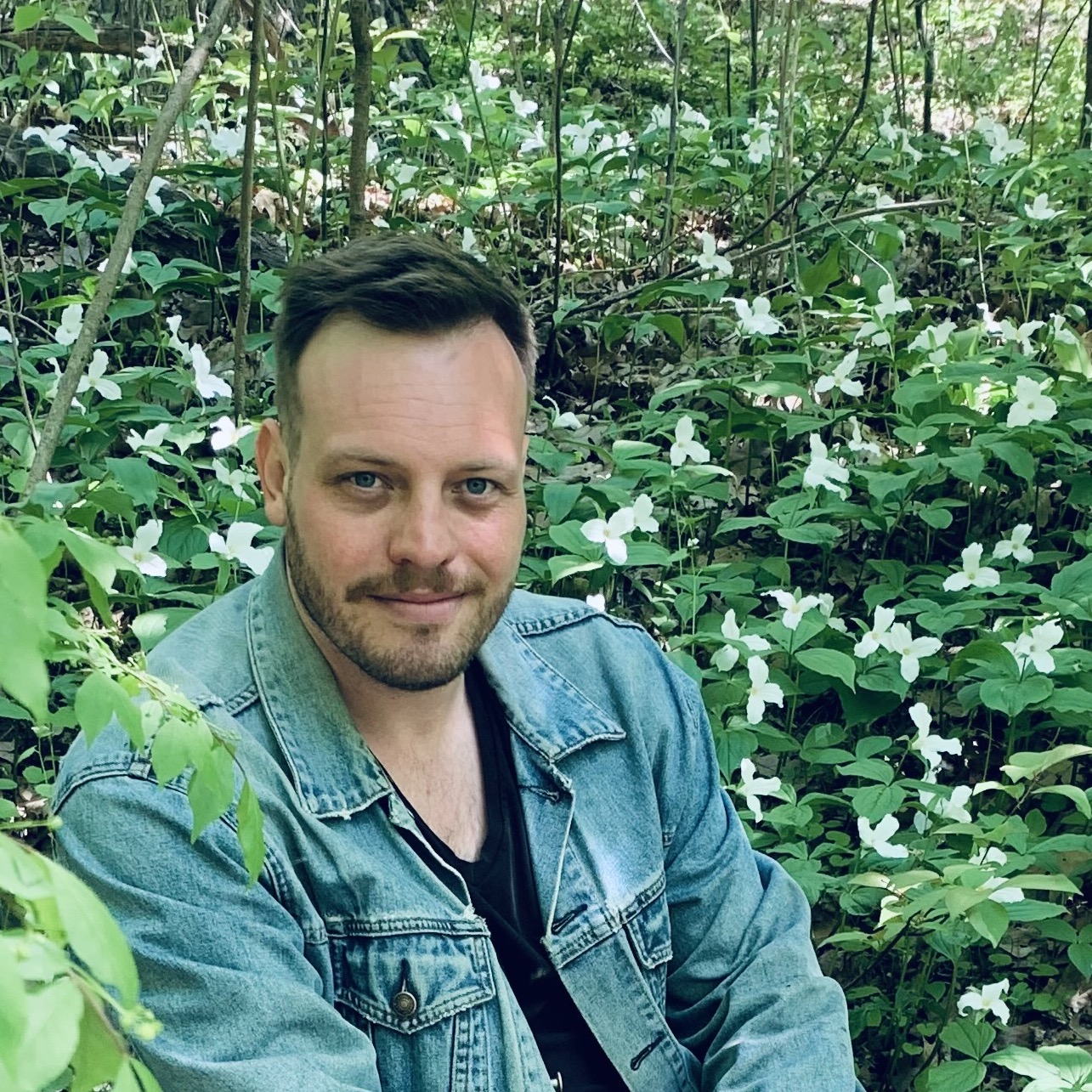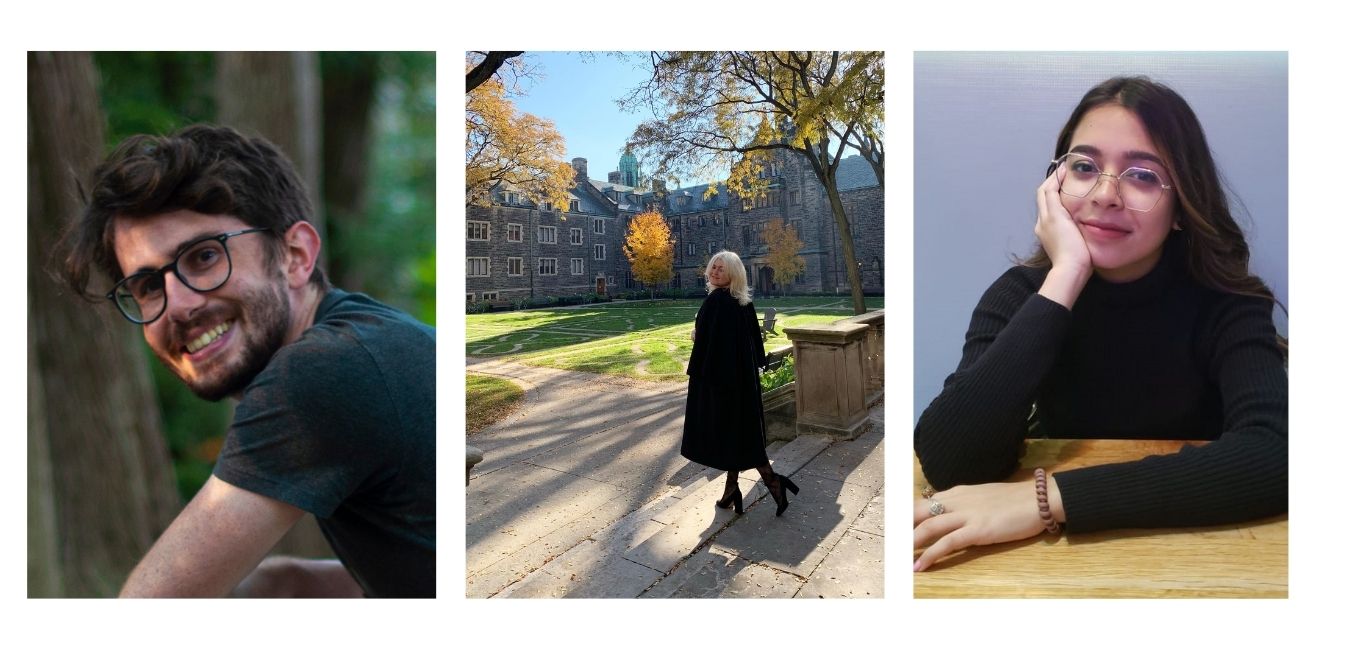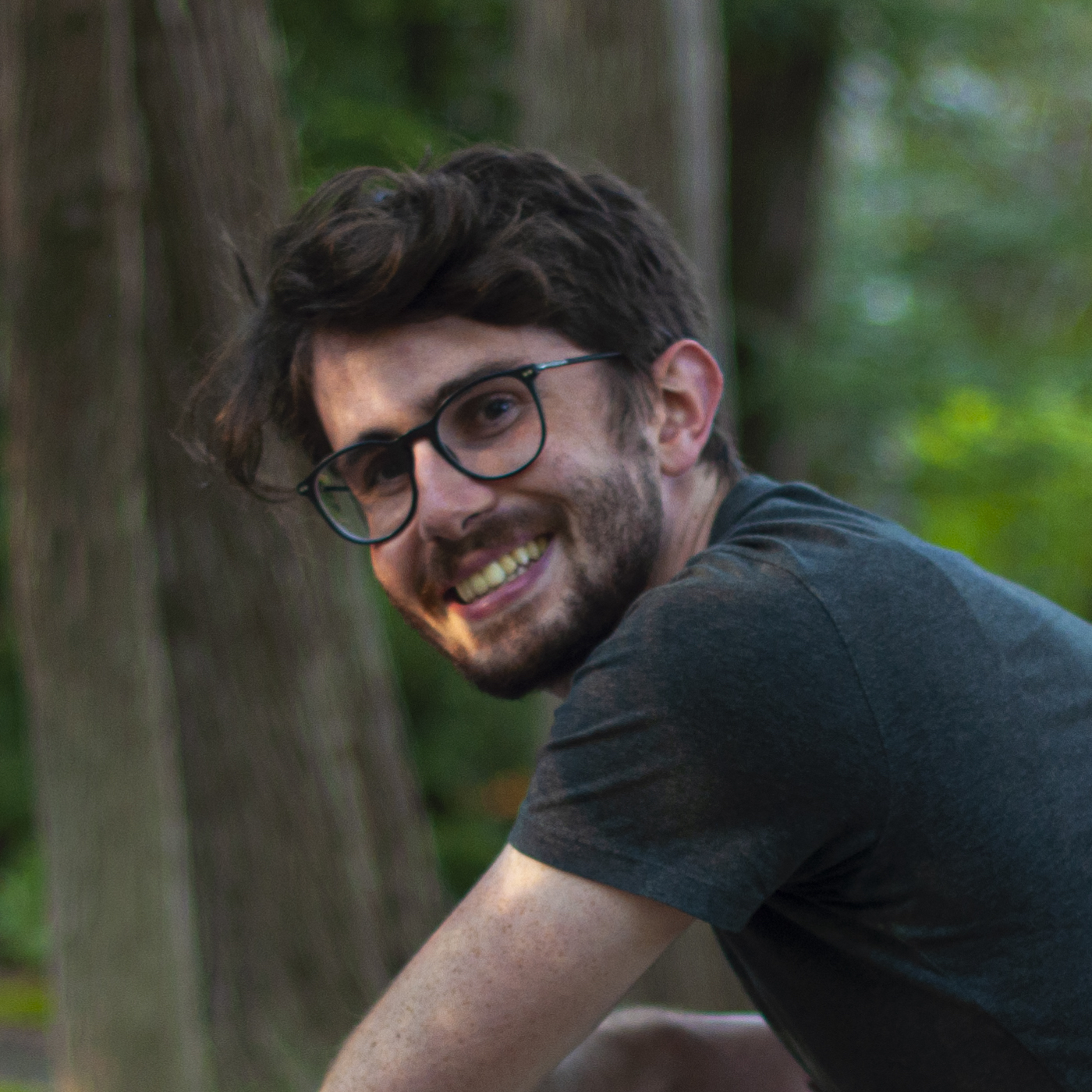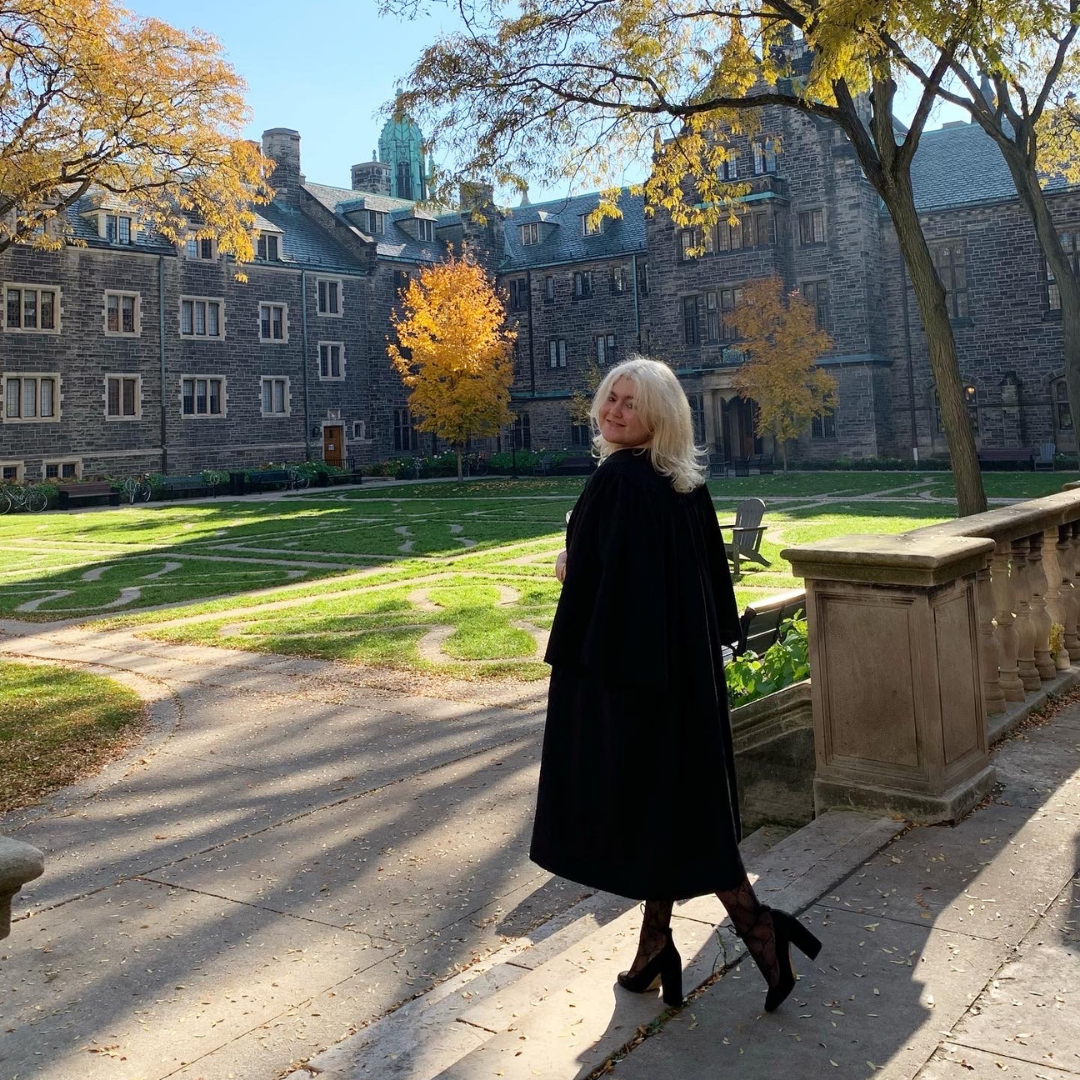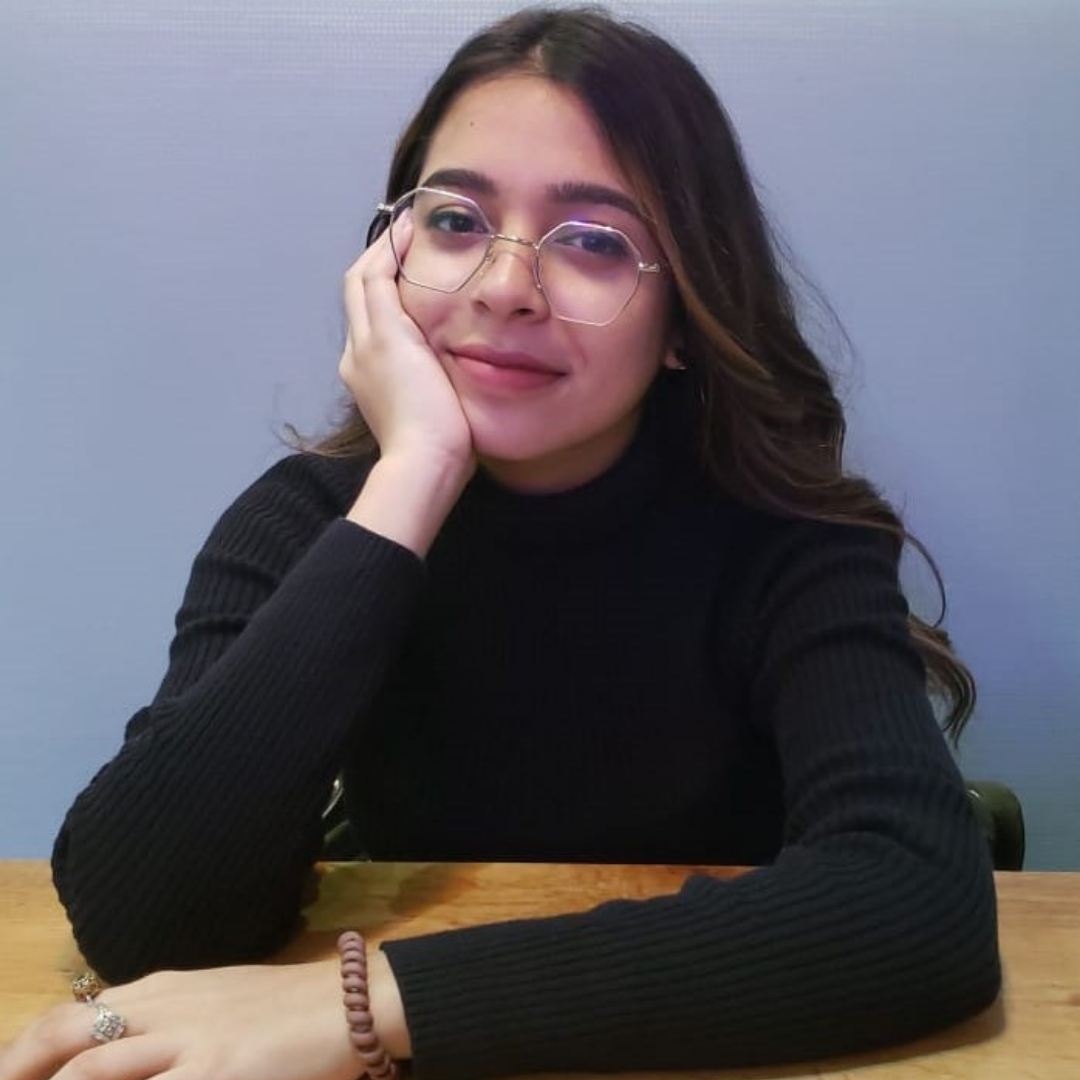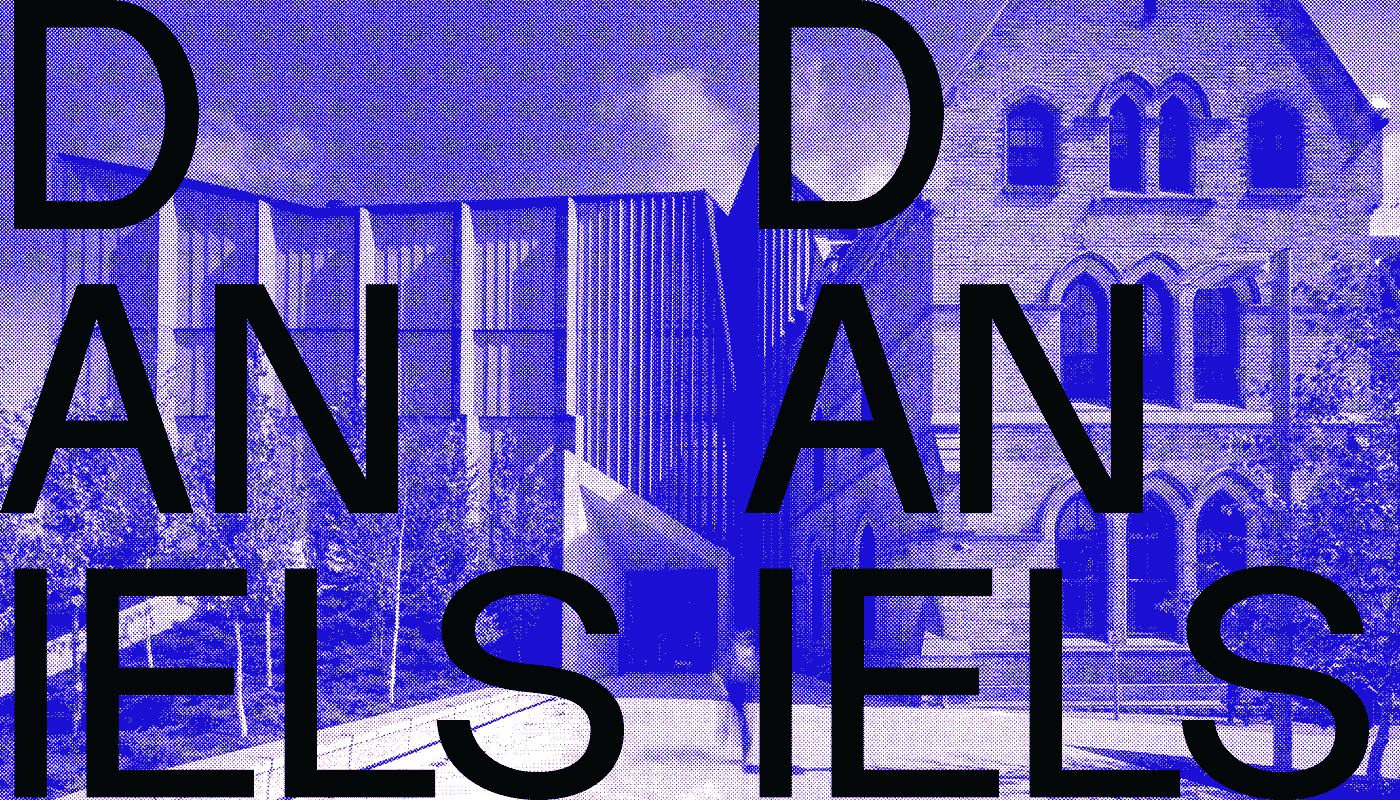
06.09.22 - The Daniels Faculty’s Fall 2022 Public Program
The John H. Daniels Faculty of Architecture, Landscape, and Design at the University of Toronto is excited to present its Fall 2022 public program. Through a series of book talks, panel discussions, lectures and symposia, our aim is to foster meaningful dialogue on the important social, political and environmental challenges confronting our world today. Among the questions raised: How might we create new knowledge and leverage it as a tool for critical reflection and, ultimately, collective change?
Our programs — and the difficult questions that motivate them — address a range of topics that are central to what we do, including design and social justice, art and new media, urban development and housing, and ecology and landscape resilience.
All events are free and open to the public. Register in advance and check the calendar for up-to-date details at daniels.utoronto.ca/events.
September 15, 6:30 p.m. ET
Gehry Chair Lecture: Marina Tabassum on Architecture of Transition
Featuring Marina Tabassum (2022-2023 Frank Gehry International Visiting Chair in Architectural Design, Daniels Faculty, University of Toronto)
Moderated by Juan Du (Daniels Faculty, University of Toronto)
September 27, 6:30 p.m. ET
Artist Talk
Featuring Montreal-based new-media artist and composer Erin Gee
Moderated by Mitchell Akiyama (Daniels Faculty, University of Toronto)
October 3, 12:30 p.m. ET
Afterall Vol. 53 Launch
Featuring Stan Douglas in conversation with Charles Stankievech (Daniels Faculty, University of Toronto)
October 5, 12:30 p.m. ET
Site Constructed: Alvar Aalto, Luis Barragan
Featuring Marc Treib (College of Environmental Design, University of California at Berkeley)
Moderated by Georges Farhat (Daniels Faculty, University of Toronto)
October 6, 6:30 p.m. ET
Serious Fun: The Landscapes of Claude Cormier
Featuring Claude Cormier (Claude Cormier + Associés, Montreal) with Susan Herrington (School of Architecture and Landscape Architecture, University of British Columbia) and Marc Treib (College of Environmental Design, University of California at Berkeley)
Moderated by Elise Shelley (Daniels Faculty, University of Toronto)
October 20, 6:30 p.m. ET
Housing Multitudes: Reimagining the Landscapes of Suburbia
Exhibition Opening
Conceived and curated by Richard Sommer (Daniels Faculty, University of Toronto) and Michael Piper (Daniels Faculty, University of Toronto) in collaboration with Daniels Faculty colleagues, students and others
October 27, 6:30 p.m. ET
Hough Lecture: Dilip da Cunha on Ocean of Wetness: Where Design Begins
Featuring Dilip da Cunha (Michael Hough/OALA Visiting Critic in Landscape Architecture)
Moderated by Elise Shelley (Daniels Faculty, University of Toronto)
November 3, 6:30 p.m. ET
A Retrofitting Suburbia Agenda for Equity, Health and Resilience to Climate Change
Featuring June Williamson (Spitzer School of Architecture, The City College of New York) in association with the exhibition Housing Multitudes: Reimagining the Landscapes of Suburbia
November 8, 1:00 p.m. ET
Magnificent Modular
Featuring Lina Lahiri (Sauerbruch Hutton, Berlin)
Moderated by Roberto Damiani (Daniels Faculty, University of Toronto)
November 10, 6:30 p.m. ET
Contemporary Indigenous Performance and Artist Discussion
Featuring Sandra Laronde (Misko Kizhigoo Migizii Kwe) and Red Sky Performance
November 17, 6:30 p.m. ET
Feminist Architectural Histories of Migration
Featuring Anooradha Iyer Siddiqi (Architecture Department, Barnard College) and Rachel Lee (Faculty of Architecture and the Built Environment, TU Delft) with Juan Du (Daniels Faculty, University of Toronto), Alexandra Pereira-Edwards (Canadian Centre for Architecture), Armaghan Ziaee (California State University San Marcos), Meredith TenHoor (School of Architecture, Pratt Institute) and Pamela Karimi (Art Education, Art History and Media Studies, University of Massachusetts Dartmouth)
November 22, 12:30 p.m. ET
Resilient Urban Forests Require All Hands on Deck: Lessons from Ecology, Community Science and Working Across Disciplines
Featuring Carly Ziter (Biology Department, Concordia University)
Moderated by Sean Thomas (Daniels Faculty, University of Toronto)
November 29, 6:30 p.m. ET
The Art of Being of Service to Art
Featuring Cheryl Sim (Director and Curator, Phi Centre)
Moderated by Mitchell Akiyama (Daniels Faculty, University of Toronto)


